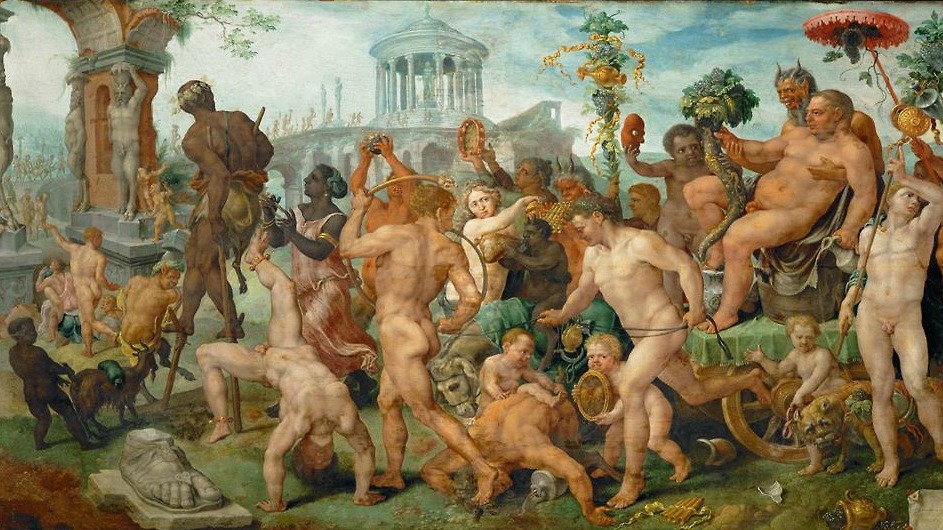Scene:
I’m reading some fat fantasy book set in Yet Another Faux Medieval Europe. Nothing in this story jibes with my understanding of actual medieval Europe. There’s no fantasy version of the Silk Road bringing spices and agricultural techniques and ideas from China and India and Persia. There’s been no Moorish conquest. There aren’t even Jewish merchants or bankers, stereotypical as that would be.
Everyone in this “Europe” looks the same but for minor variations of hair or eye color. They speak the same language, worship the same gods — and everyone, even the very poor people, seems inordinately concerned with the affairs of the nobility, as if there’s nothing else going on that matters. There are dragons and magic in the story, but it’s the human fantasy that I’m having trouble swallowing.
It doesn’t matter which book I’m reading. I could name you a dozen others just like it. This isn’t magical medieval Europe; it’s some white supremacist, neo-feudalist fantasy of same, and I’m so fucking sick of it that I put the book down and open my laptop and start writing. Later people read what I’ve written and remark on how angry the story is.
Gosh, I wonder why.
This essay definitely stands the test of three years, and I highly recommend reading the whole thing. It’s spectacular.
